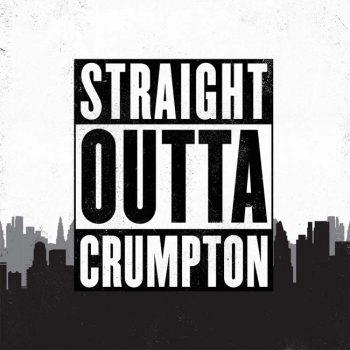IAQIQ: A Day in the Life of Building a Passive House Compliant Home
“Through the years, I’ve experimented building five homes to be as energy-efficient as possible with solar features, energy recovery ventilators, and other techniques.”
The standards of energy efficiency and the construction of houses and structures have changed significantly. In fact, the company was a pioneer, led by a group of innovators, including Doug Steege. Steege joined IAQIQ host Tyler Kern and RenewAire VP of Sales and Marketing Nick Agopian to talk about his Passive House compliant home.
Agopian, excited to hear from Steege, said, “He’s an inspiration. He had a vision to trailblaze into an area no one else was. He started a revolution.”
Steege always had a passion for energy efficiency. Before starting RenewAire, he was the housing technology coordinator for Wisconsin, attempting to build efficient buildings and make them airtight. However, airtight meant vapor and pollutants remained. “I heard about a ventilation and heat recovery product. So, I sent away for blueprints and built an air heat exchanger, putting in the first home we built.”
Steege then described what a Passive House is. “It gets its name from free energy from the sun. Solar radiation is trapped, and thermal mass in the house moderates the heat build-up to store energy. Shading features also reduce the overheating.”
A Passive House, built airtight, is energy-efficient. With such a tight envelope, there is the risk of having poor inside air quality because everything is sealed into the space. To prevent this, every Passive House should have an energy recovery ventilator (ERV), which dilutes the pollution and balances ventilation.
The construction of his current home included those of a Passive House. In addition to solar energy, the shell of the home needed substantial insulation. “Our values in the walls are R30, and the roof is R100,” Steege explained.
The home included more Passive House elements, such as windows with the most airtight sealing, triple glazed, and with low conductivity edge seals. Insulated window coverings were installed, and the exterior doors were triple gasket seals with an R-value of 18.
Additionally, sealing all leaks in the home during the construction phase was necessary. The other elements included the ventilation system and electric solar panels. “We have enough panels to be off-grid,” Steege added.
Agopian added, “Sealing the envelope is critical. Uncontrolled air coming in impacts thermal comfort and energy efficiency. If you have uncontrolled ventilation, that can be problematic to health, as well, which is why Doug installed a RenewAire ERV in his home and why they’re essential for a Passive Home.”




